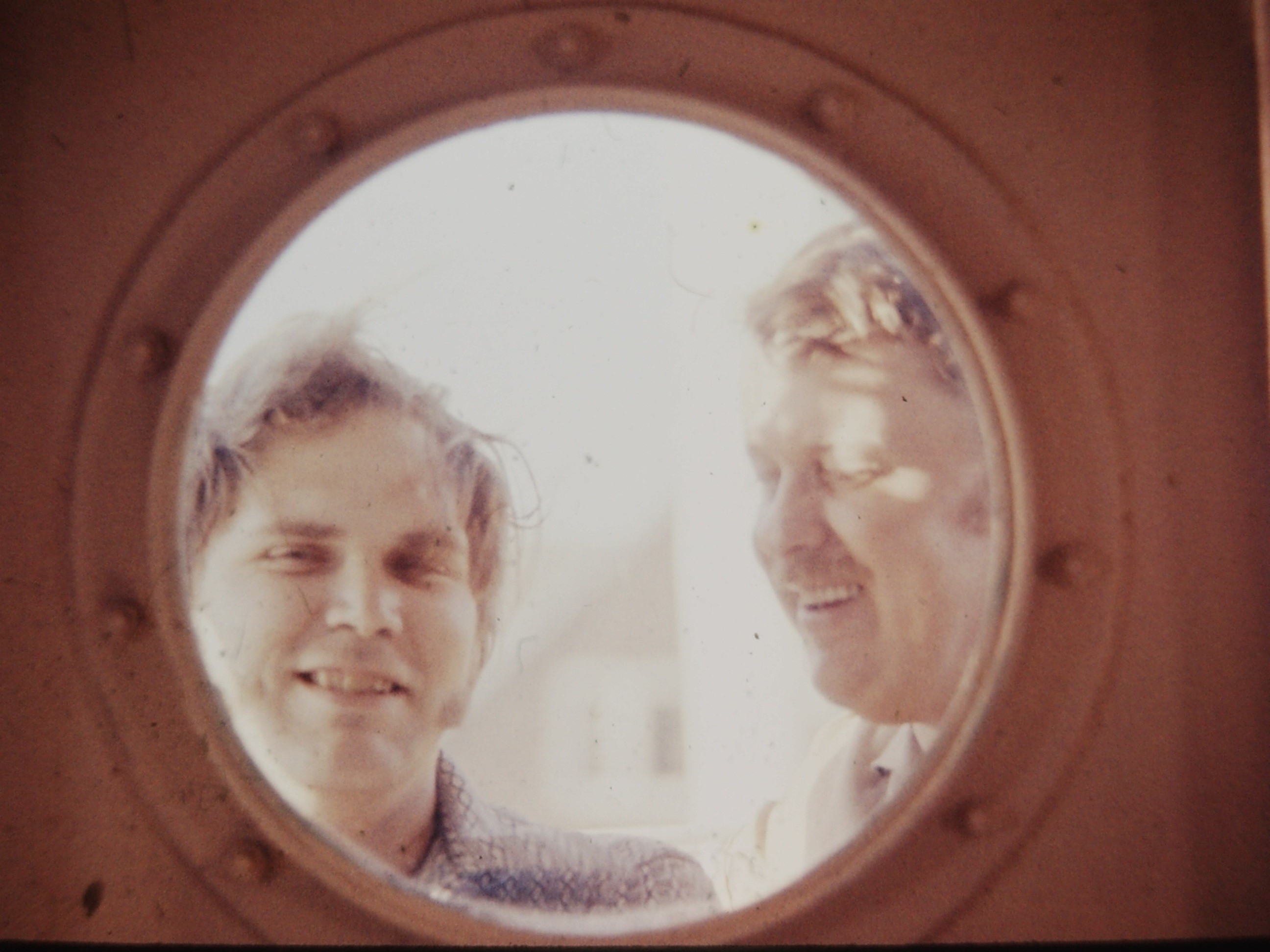Making Machines that Speak Without an Accent
-
-
MIT Technology Review
Filed Under
Recommended

Today’s tech landscape features an increasing number of machines that talk, most of them in a neutral-sounding American accent. Pioneering research in the 1960s by Thomas P. Barnwell III is widely acknowledged to have helped launch this speech synthesis technology. Less well known is that his MIT friend William Jouris was the source of that quintessential accent.
The project began in Building 26’s Research Laboratory of Electronics. Barnwell was working on a project aimed at reading printed text aloud for the blind, which produced the 1967 MIT Reading Machine, the first system capable of scanning text and producing continuous speech.
“My part of the Reading Machine was the talking piece, an analog synthesizer that could produce sounds of speech,” he recalls. “Words are a series of sounds, phonemes, but there’s also structural and hierarchical information that comes out in nuances like duration of sounds, pitch, and stresses.
“We needed to turn that structural information into control information for the synthesizer. To help with that, I started capturing reading voices of students to study how they made phrases. The variation was tremendous.”
One participant was Jouris, a Chicago-area native and Barnell’s Delta Upsilon fraternity brother: “I remember him showing me on a spectrum analyzer the difference between words pronounced with and without an accent. It was news to me, but he proved scientifically that I had no accent!”
The information, published in Barnwell’s dissertation, influenced the nascent field of speech synthesis. “It wasn’t the whole solution, but … it became a building block,” Barnwell says.
Barnwell went on to join the faculty at Georgia Tech, receiving the IEEE’s 2014 Jack Kilby Medal for his contributions to signal processing. He also cofounded Atlanta Signal Processors, now a subsidiary of Polycom, with Ron Schafer, PhD ’68, and Russ Mersereau ’69, SM ’69, ScD ’73. Jouris (who has also worked in nuclear engineering, oceanographic research, and environmental engineering) served as the company’s head of sales for several years.
“Tom and I still see each other sometimes,” says Jouris. “He and his wife are tremendous bluegrass musicians, and we’ll sit around and sing folk songs together.”
This article originally appeared in the May/June 2018 issue of MIT Technology Review magazine.







